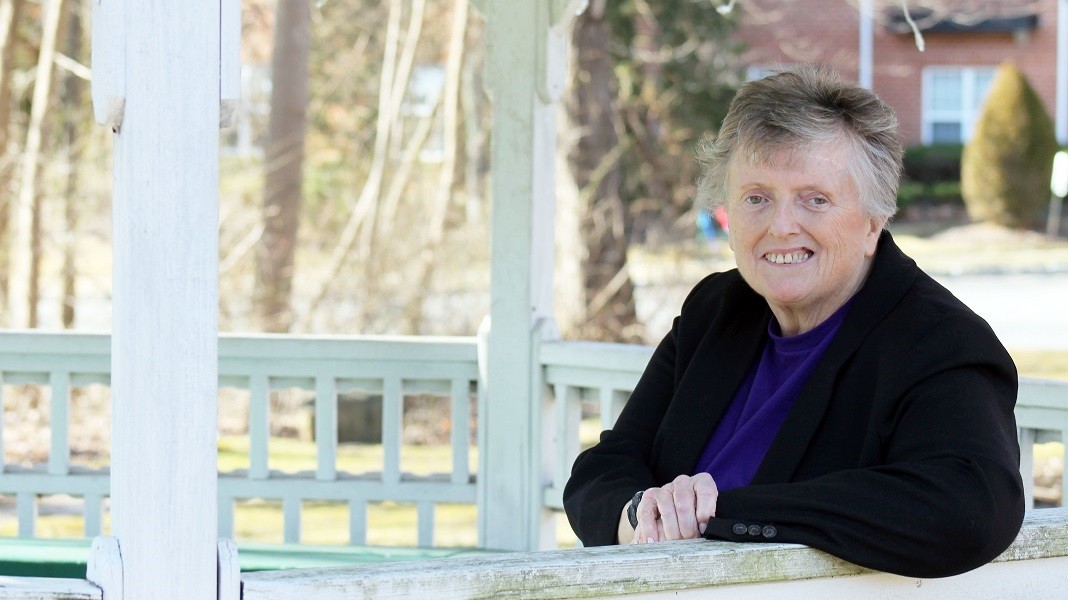Doreen bounced around the healthcare system for over a year, cycling through four neurologists until she could find a trusted partner. Over the course of this journey, one experience stood out as particularly distressing.
A common sequencing test called Serial Seven studies executive function.² The goal is for patients to sequence down from 100 three to four times. Doreen conducted this test countless times on patients throughout her career. When it was time for her to be the patient, the nurse practitioner began the test incorrectly. Doreen told the practitioner, “’Hold it. That’s not how you do the test.’ I knew what I knew, and the point of me going to a neurologist is because they’re the expert and know more than I do, not less.”
Doreen knew the steps to diagnosis and sought out a cognitive neurologist.
Her knowledge and determination led her to choose a neurologist to help with the diagnostic process, someone with whom Doreen worked and trusted from her time at Cooperman Barnabas. She underwent a year’s worth of various testing including an in-depth neuropsychological testing, which is a 3-hour testing process that assesses multiple levels of cognitive evaluation such as IQ, speech and thought processing evaluation. Doreen learned she tested at a mild cognitive impairment level. She proceeded to undergo several MRIs and electroencephalogram tests (EEGs), and the results came back showing atrophy in the frontal lobe. She knew she was getting closer to the truth, but atrophy alone doesn’t equate to an accurate Alzheimer’s diagnosis.³
The only way to test for and see amyloid and tau proteins is through the use of specialized amyloid and tau PET scans.⁴ "I just wanted to know what was going on," Doreen explained. And, a year and a half later, after fighting access issues and other roadblocks, her persistency and self-advocacy paid off, and she was able to get a routine PET scan. While not able to show amyloid plaque, the routine pet scan can show a pattern consistent with Alzheimer’s. Within 12 minutes of the scan, she got the call from her neurologist who, after reviewing her history and prior and current test and scan results, told her, “It was Alzheimer’s. I’ll see you in two weeks at your next visit,” and hung up.


